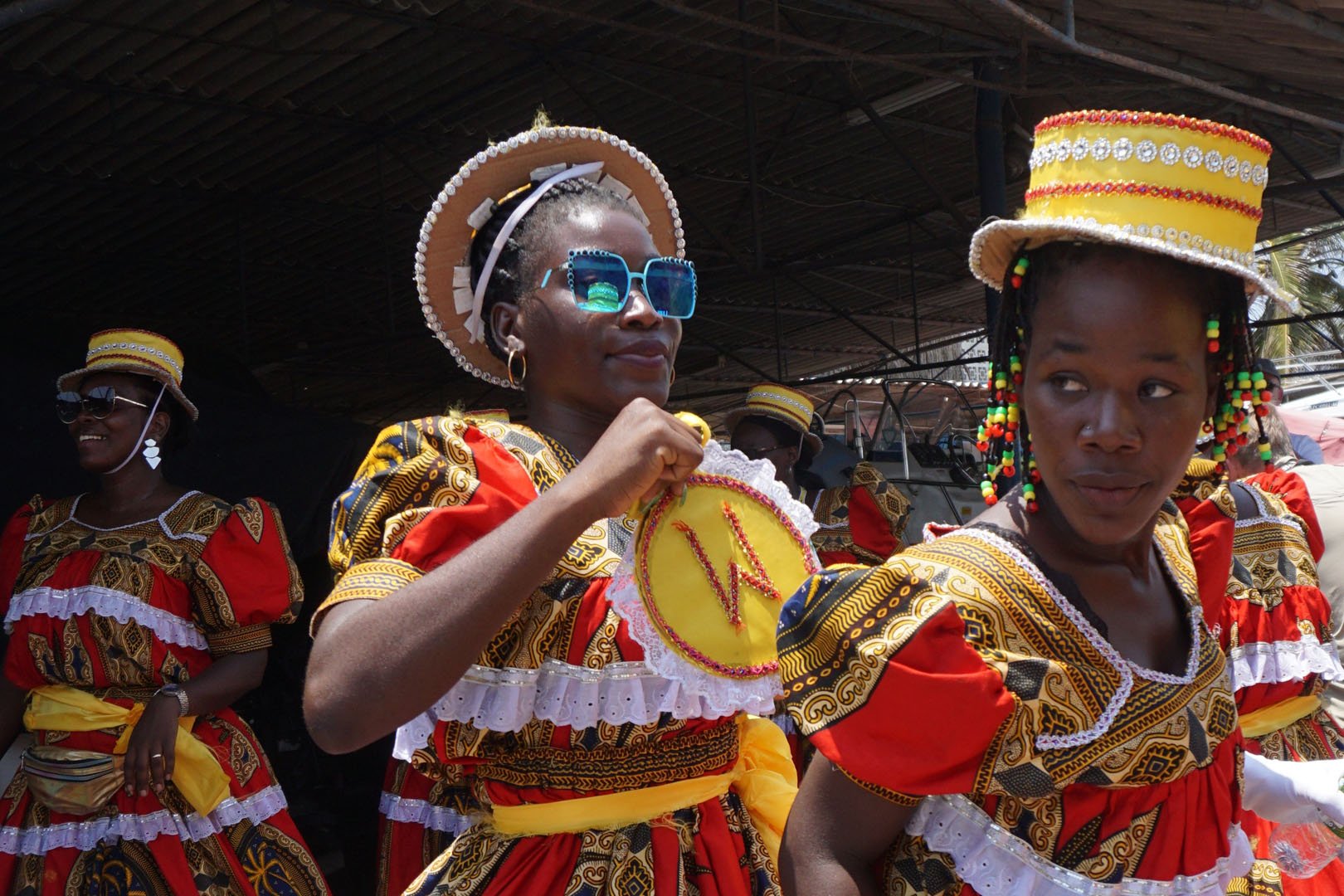Carnival with an African twist!
Celebrating carnival in Africa is perhaps not the first place that comes to mind when we talk about carnivals, but we have found the most unique place. In Angola, situated on the Atlantic Ocean opposite Brazil (and also a former Portuguese colony), carnival is the biggest celebration of the year. Expect celebrations, colours, alcohol and lots of fun! But sssssssht! Don’t tell anyone!
Wait, Angola?!
Angola was a difficult destination to travel to for a long time. The visa was very difficult to get and once you had it, you realised that the country, and especially its capital Luanda, was incredibly expensive. But as Bob Dylan sang, the times they are a-changin’, and so is Angola. The visa is a lot easier to get and the country has become a bit cheaper, as long as you know where you are going. Slowly Angola opens the gates for tourism, but there is still a long way to go. Dictatorship and civil war have left an incredible mark on Africa’s sixth largest country. But one piece of advice: go now before it is overrun by tourists, because Angola is seen as one of the African continent’s next major destinations.
Carnival
Colours, party, a national day off and a Brazilian-style event. Carnival lives up to its reputation as the big holiday of Angola. Luanda has its own Sambadrome, including a massive parade that will be attended by the president. Although we know the famous costumes from Brazil, they do it a little differently in Africa. Expect a political or religious message, masks, colours, incredible flamboyant costumes and a focus on the national colours of Angola; black, red and yellow.
The history of Angolan Carnival
Angolan Carnival has always been highly politically influenced. The first carnival groups in the early 20th century had symbols of colonial power that were mocked. At that time, the event was banned from political or religious statements for years, but even that was not enough for the authorities. For several decades in the middle of the 20th century, the event was even banned. It came back in the 1970s, but then as Victory Carnival, commemorating the withdrawal of the South African army from Angola in 1976. Until the 1990s this was the standard in Angola, with the parades mainly focused on nationalist symbols.
Carnival in the 21st century
Today Carnival is back to its original status. Every year a religious or political message is selected and the groups focus on that subject. The preparations for the event are taken very seriously and start almost immediately after the last Carnival. The different Carnival groups have a Carnival king or queen, followed by a group of musicians, who use only traditional instruments, and then the dancers. Last but not least is the nurse, a person dressed in white and seen as a symbol of purity. All groups go for the first prize for the most beautiful vehicle. This will allow them to pay for the costumes they make each other. These costumes are a mix of traditional carnival costumes with an African touch.
Carnival is a three-day event, held a few days before Ash Wednesday. The biggest day is Tuesday, when the big parade is on. It is a very local event, so do not expect many other tourists these days.
Would you like to come along yourself? Then take a look at our Angola page for possibilities.
